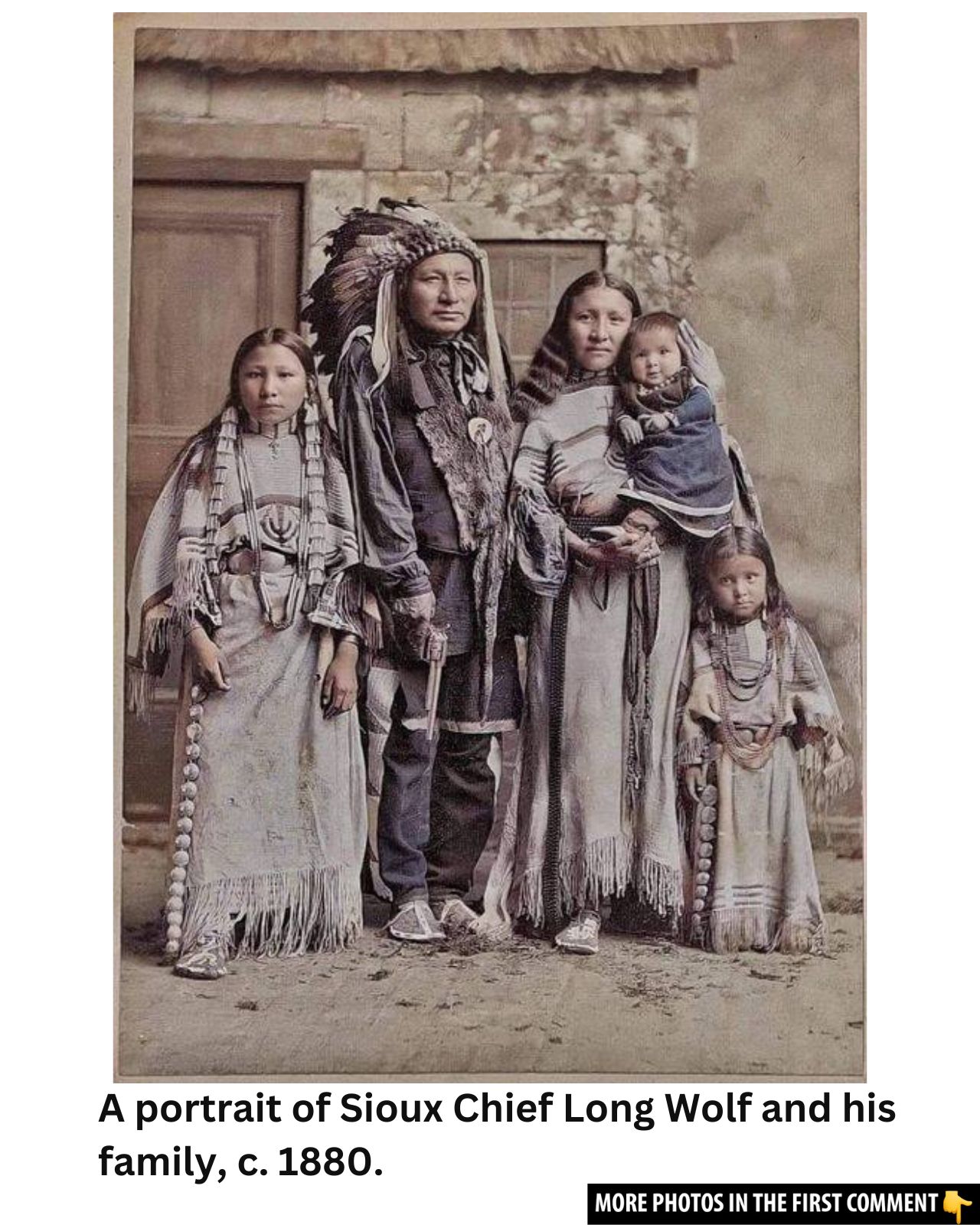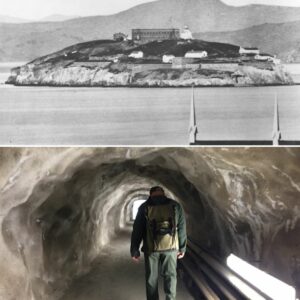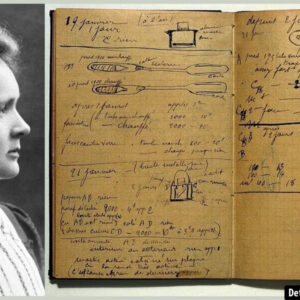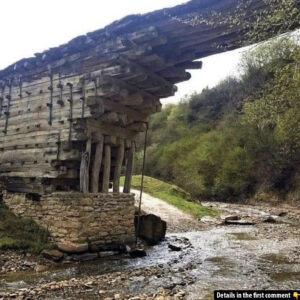In the late 19th and early 20th centuries, Native American communities faced immense challenges as their traditional ways of life were threatened by westward expansion and government policies. During this turbulent time, photographers like Edward Curtis and Walter McClintock sought to preserve the rapidly vanishing cultures through the lens of their cameras. Their stunning color photographs offer us a rare, intimate glimpse into Native American life, capturing the pride, dignity, and resilience of a people whose story continues to unfold today.
The Role of Photography in Preserving Native American Culture
Photography played a critical role in preserving Native American culture during a period when many aspects of their traditional lifestyle were being lost. While photography was a modern invention, it became a valuable tool for anthropologists and historians, and a medium through which Native Americans could be immortalized for future generations.
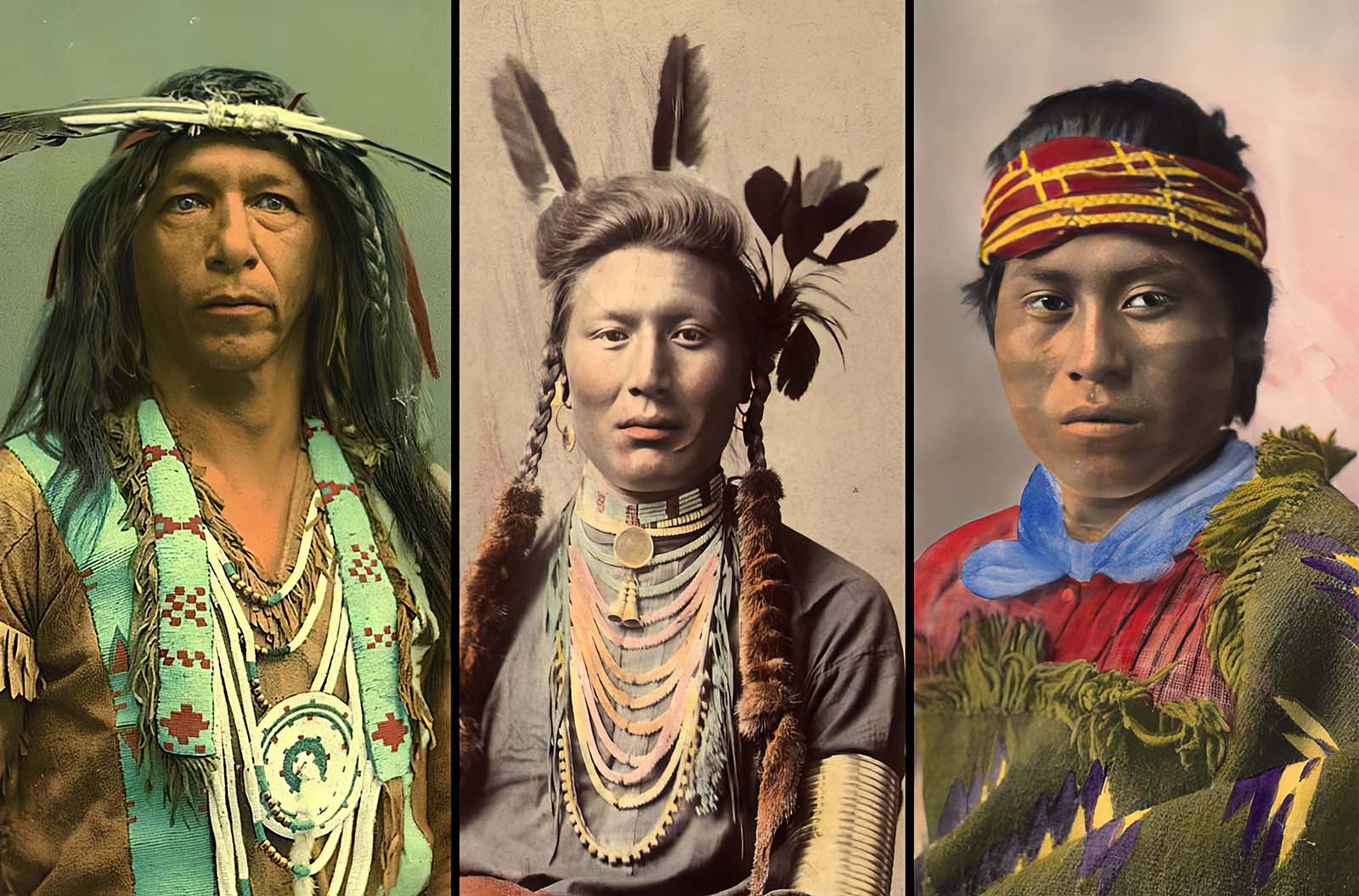
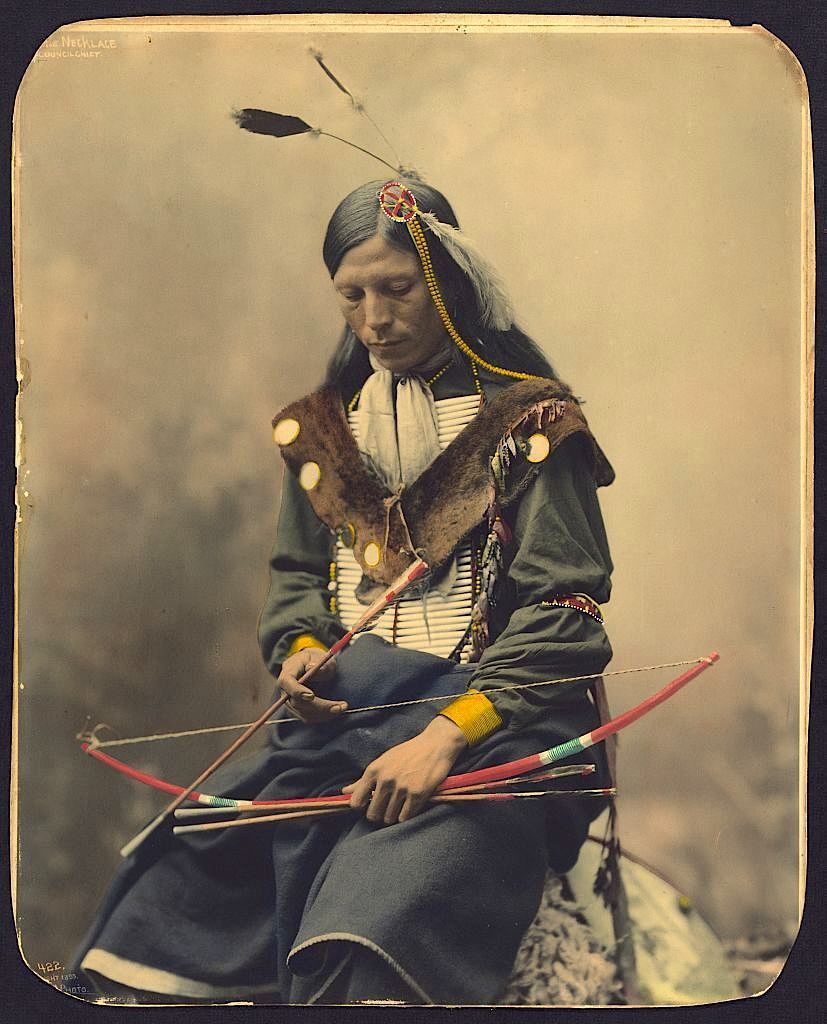
These photographs helped to document a way of life that was rapidly vanishing due to the forced assimilation policies, which included the establishment of boarding schools designed to erase native languages and cultures. The role of photographers like Curtis and McClintock in preserving Native American culture cannot be overstated. They were able to capture the intricate details of clothing, rituals, and landscapes that might otherwise have been lost in the wake of these destructive policies.
Video
Watch Oldest Native American Footage Ever to experience rare historical moments captured on film.
Edward Curtis: A Pioneer of Native American Photography
Edward Curtis, perhaps the most famous of the photographers who focused on Native Americans, began his work in the early 1900s. Curtis believed that Native American cultures were disappearing and that it was imperative to document them before they vanished. Between 1900 and 1930, Curtis produced over 40,000 images, including portraits, landscapes, and scenes of Native American life. His work is considered one of the most comprehensive visual records of Native American life in the early 20th century.
Curtis often encouraged his subjects to pose in traditional clothing and ceremonial attire, which reflected their cultural practices. Though some critics argue that Curtis romanticized Native American life, his images remain an invaluable resource for understanding the lives of indigenous people during this period. Curtis’s work spanned many tribes, and his photographs of the Navajo, Hopi, Sioux, and other groups provide us with a rare glimpse into the diverse cultures that existed in America prior to the widespread destruction caused by colonization and forced assimilation.
Walter McClintock’s Colorized Photographs
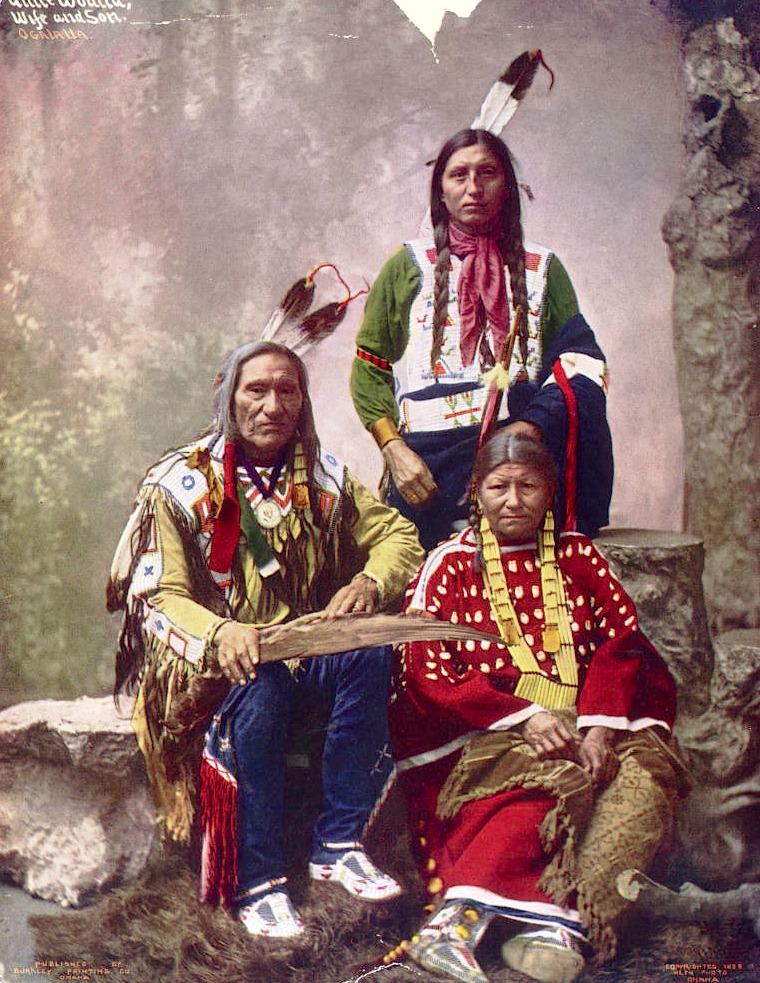
While Edward Curtis focused primarily on black-and-white photography, Walter McClintock took a different approach. McClintock, a Yale graduate, was deeply committed to preserving Native American culture and went to great lengths to add color to his images, giving them a more lifelike and immersive quality. Between 1903 and 1912, McClintock photographed over 2,000 images of the Blackfoot people in Montana.
What set McClintock apart from Curtis was his collaboration with Charlotte Pinkerton, a Chicago colorist who meticulously hand-colored McClintock’s photographs. Pinkerton’s use of oil, varnish, watercolor, and dyes brought McClintock’s images to life in a way that had not been done before. The use of color made the photographs feel more immediate and vibrant, providing a more accurate representation of Native American culture than the black-and-white images that were commonly used at the time.
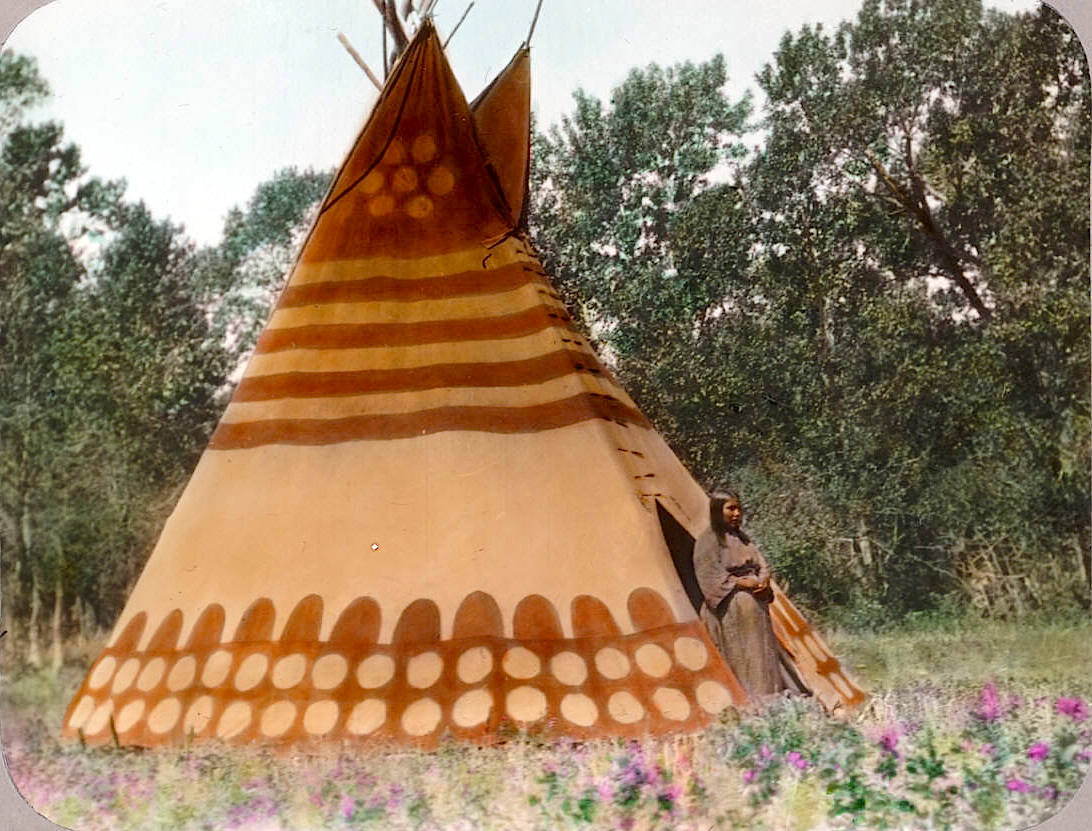
McClintock’s photographs also included detailed notes on the clothing and customs of the Blackfoot people, which gave his work an anthropological quality. His use of color added to the sense of authenticity and helped preserve the visual history of a culture that was facing immense challenges to its survival.
Herman Heyn’s Historical Contributions
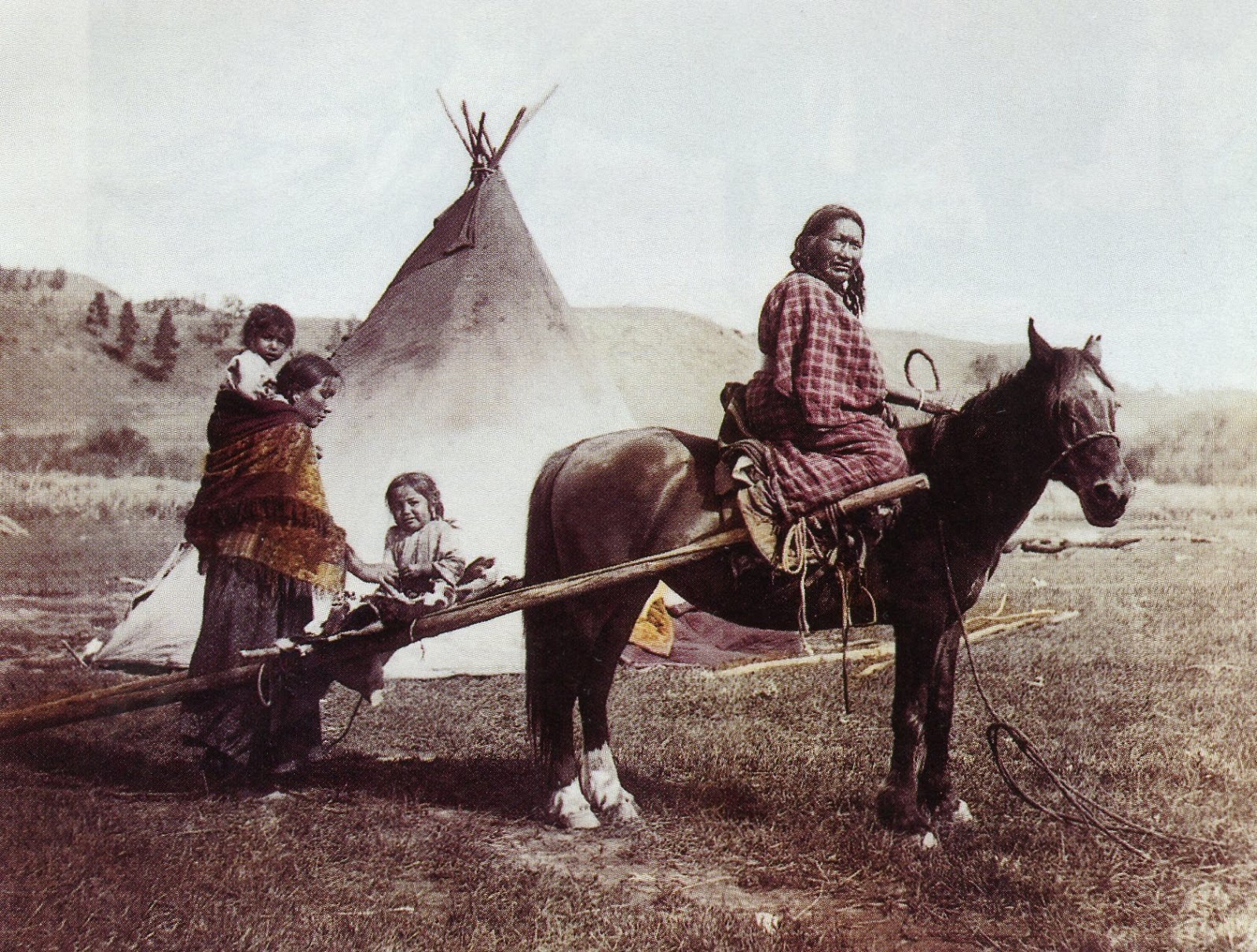
Herman Heyn, another important figure in Native American photography, was known for his striking portraits, including the 1899 photograph of an Oglala Lakota Chief wearing a bone necklace. Heyn’s work, while perhaps less well-known than that of Curtis or McClintock, nonetheless contributes to the rich tapestry of visual documentation of Native American life in the late 19th and early 20th centuries.
Heyn’s images, often captured in natural settings, emphasize the dignity and strength of his subjects, offering a counter-narrative to the portrayals of Native Americans as “vanishing” or “primitive.” His portraits were not just simple depictions of individuals but were reflections of the pride and resilience that existed within Native American communities, even as they faced unprecedented challenges.
The Disappearance of Traditional Lifestyles
One of the most profound consequences of westward expansion and U.S. government policies was the loss of traditional Native American ways of life. The establishment of reservations, along with forced assimilation practices such as boarding schools, aimed to destroy Native cultures by removing children from their families and teaching them to reject their heritage. These policies, combined with the near-extinction of the bison—a key food source for many Native American tribes—left many communities struggling to maintain their traditional ways.
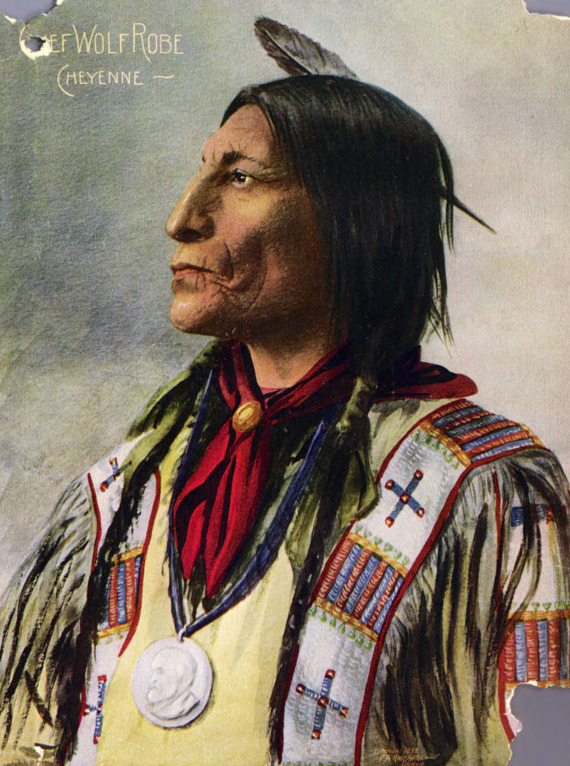
The advent of photography in the late 19th and early 20th centuries, however, allowed for the preservation of these cultures in ways that would not have been possible otherwise. Through the work of photographers like Curtis, McClintock, and Heyn, future generations would be able to see what Native American life looked like before the destructive forces of colonization took their toll.
Capturing the Spirit of the Blackfoot People
Walter McClintock’s work with the Blackfoot people is particularly noteworthy for its depth and breadth. McClintock’s photographs, especially those of the Blackfoot people in Montana, offer an intimate look into their customs, rituals, and daily life. His use of color photography was groundbreaking, as it allowed viewers to see the world as the Blackfoot people saw it, with all the vibrancy of their culture and environment.
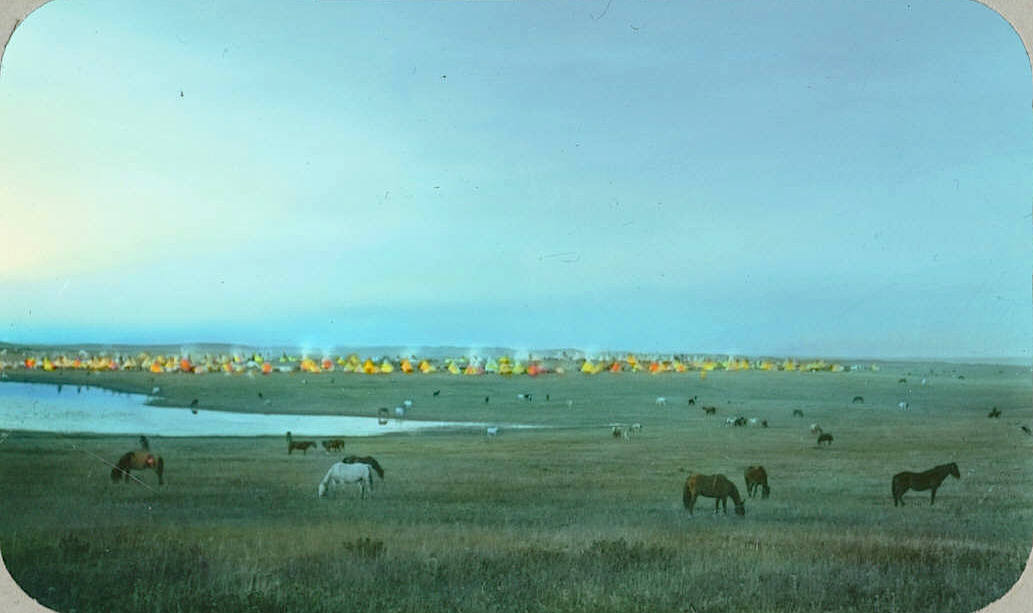
McClintock’s images of Blackfoot men, women, and children in their traditional dress offer a poignant reminder of a time when Native American tribes were still practicing their old ways, before the sweeping changes that would come with the next century. His work serves as both a historical document and a testament to the enduring spirit of a people who, despite being pushed to the brink of extinction, continue to thrive today.
The Magic Lantern and Its Role in Exhibiting Photography
In the early 20th century, the “magic lantern” was a device used to project photographs onto a screen, allowing them to be viewed by large audiences. This early version of the image projector played a critical role in the dissemination of McClintock’s colored photographs. The magic lantern helped bring Native American culture to the broader public, showcasing the beauty and dignity of these communities at a time when they were under intense pressure from external forces.
McClintock’s use of the magic lantern allowed his colorized images to be projected onto large screens, where they could be seen by people who may have never encountered Native American communities in person. This technique helped to further the understanding and appreciation of Native American culture during a period of profound cultural and political change.
Legacy and Impact: Preserving Native American Culture for Future Generations
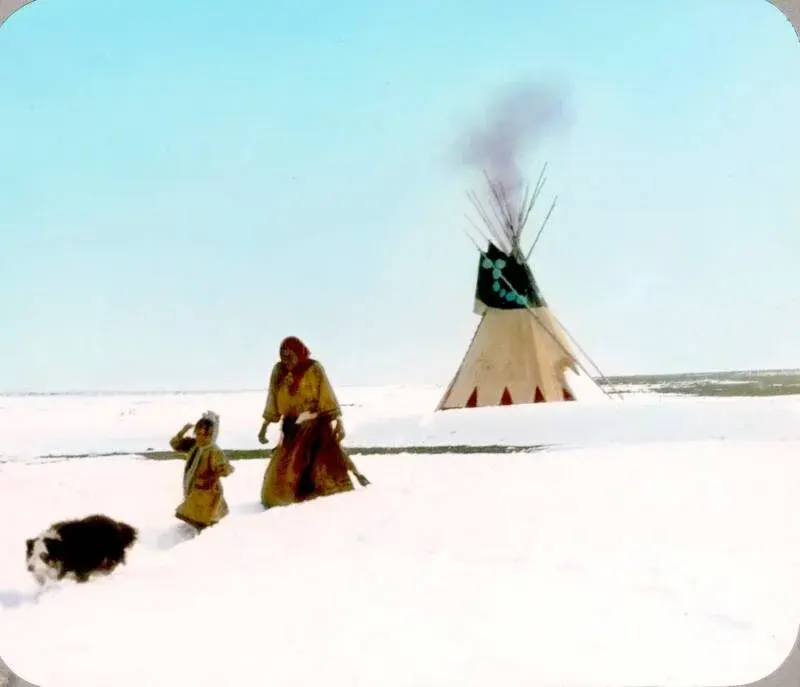
The photographs taken by Edward Curtis, Walter McClintock, and Herman Heyn left an indelible mark on the history of Native American photography. Their images not only preserved the cultural practices and traditions of Native American communities but also offered a counterpoint to the popular narratives of Native Americans as a “vanishing race.” These photographs continue to be an invaluable resource for historians, anthropologists, and anyone interested in understanding the complexities of Native American life at the turn of the century.
Gallery: Stunning Color Photos of Native American Life
As we reflect on the legacy of these early photographers, it is important to consider the impact their work has had on preserving Native American heritage. The stunning color photographs captured by Curtis, McClintock, and Heyn offer a rare and invaluable look into a time when Native American culture was under siege but still very much alive.
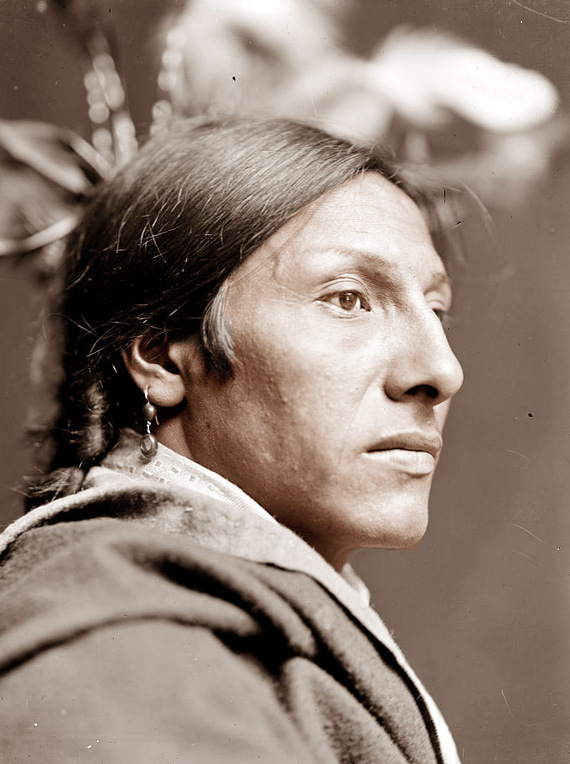
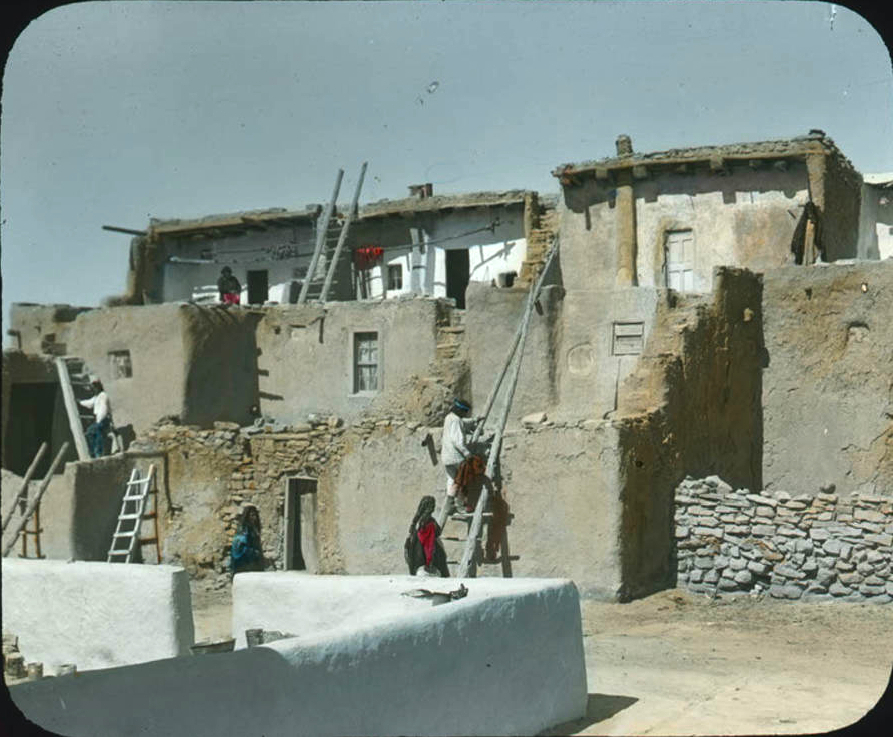
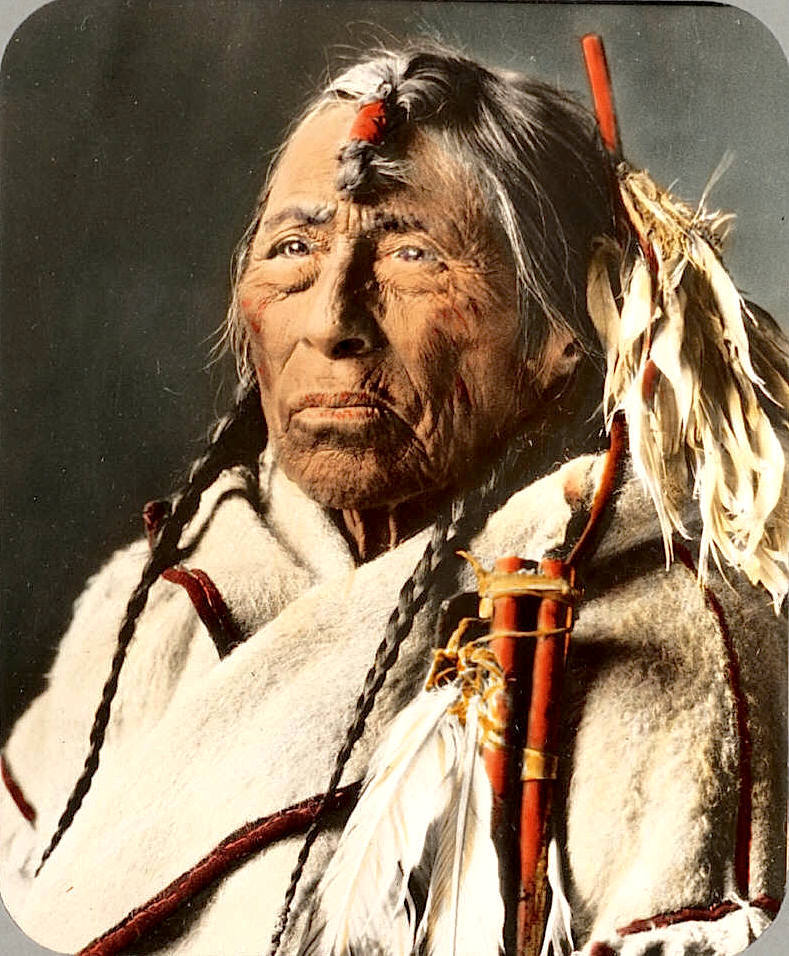
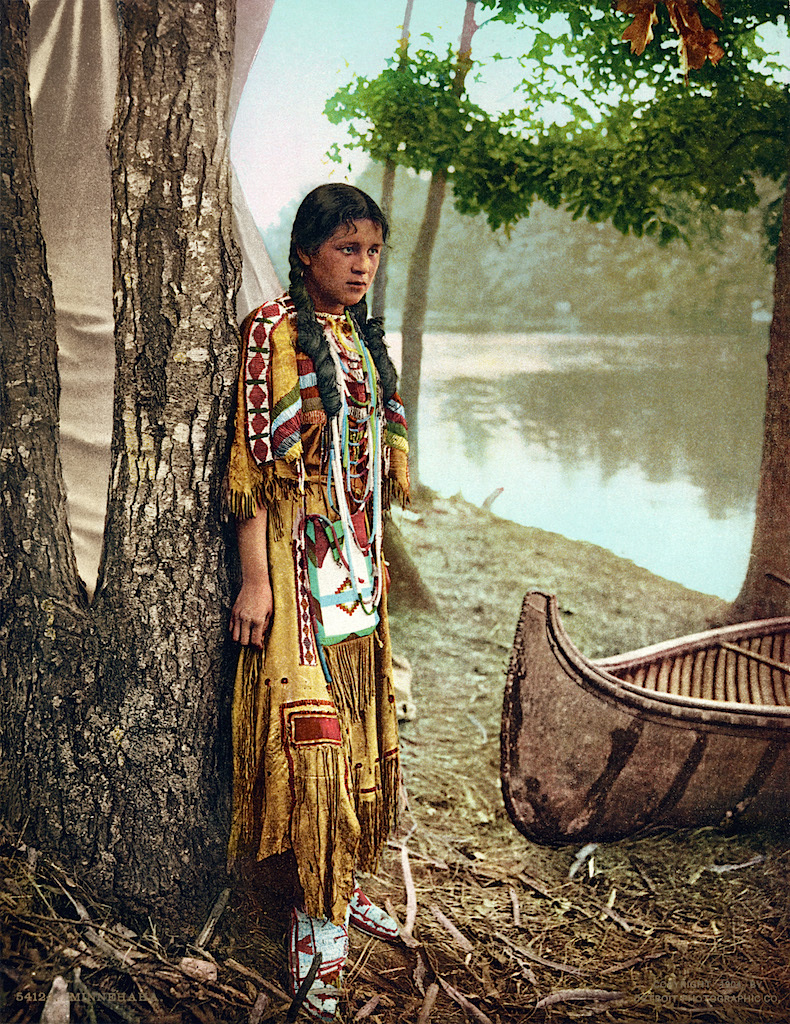
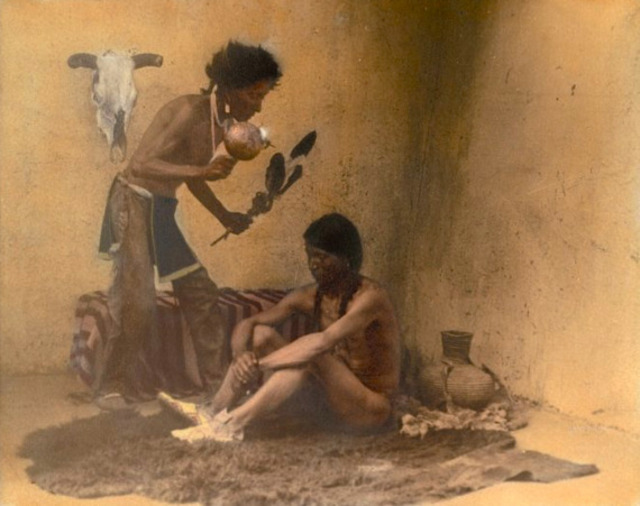
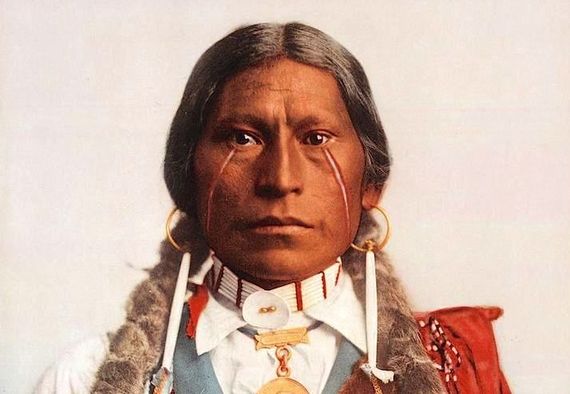

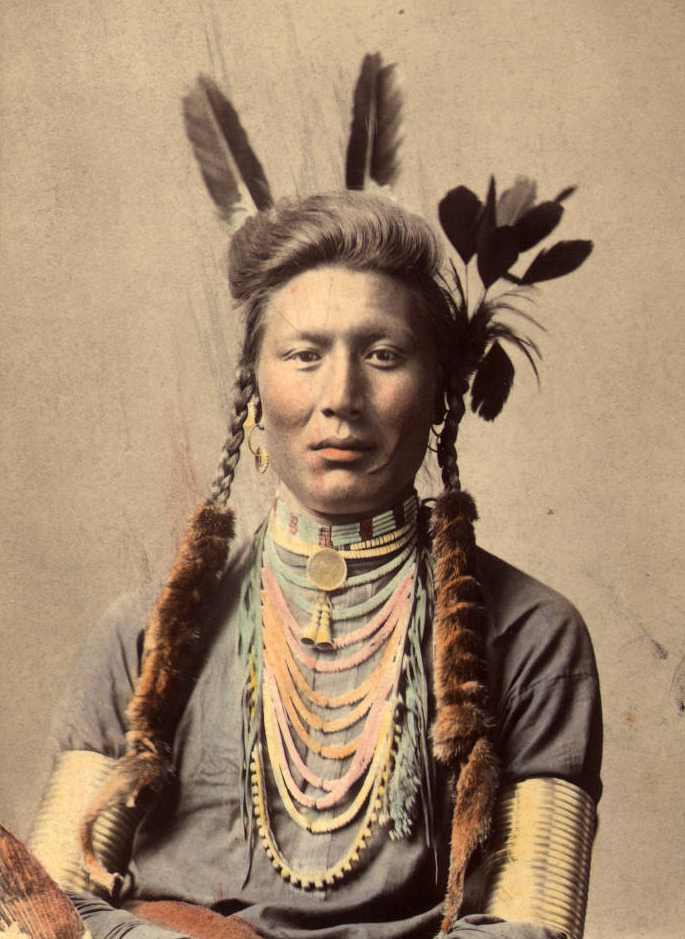
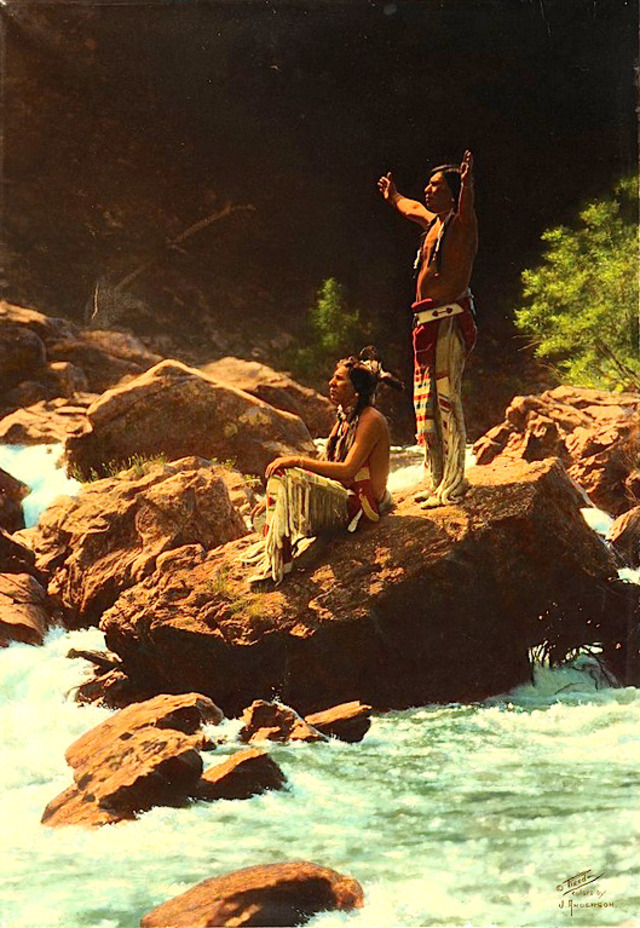
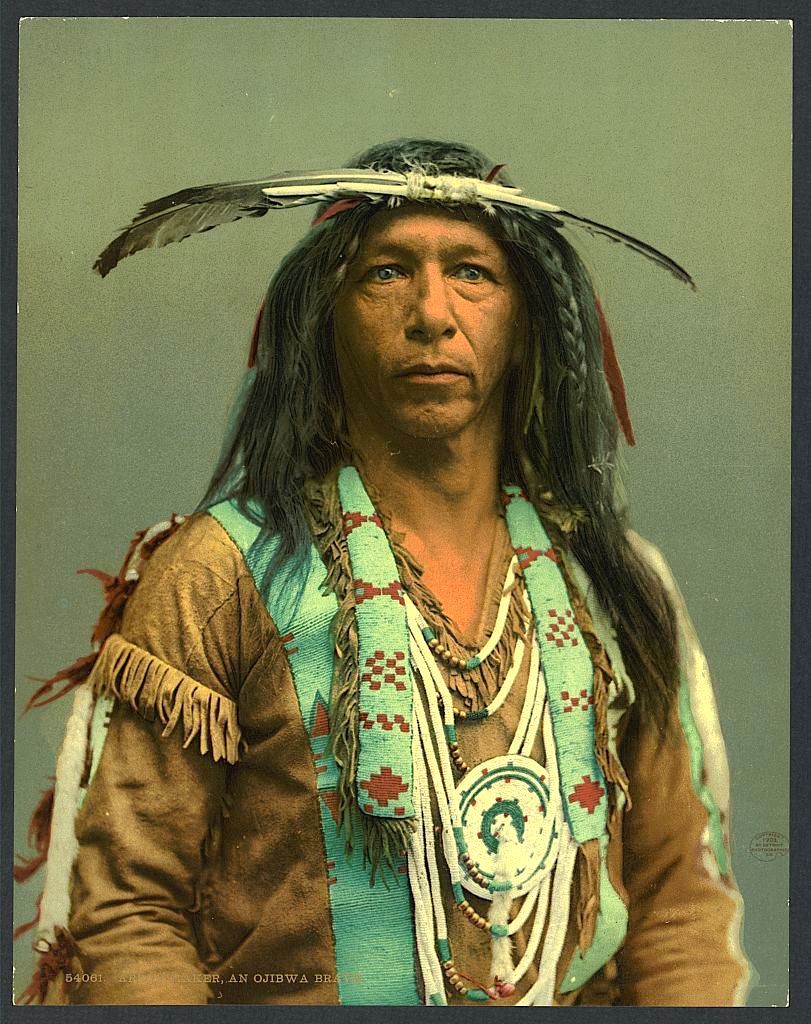
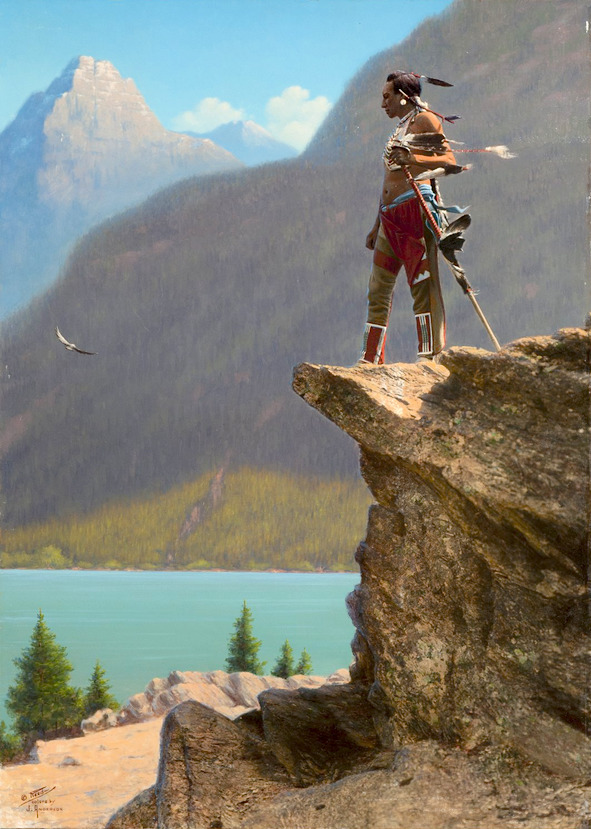
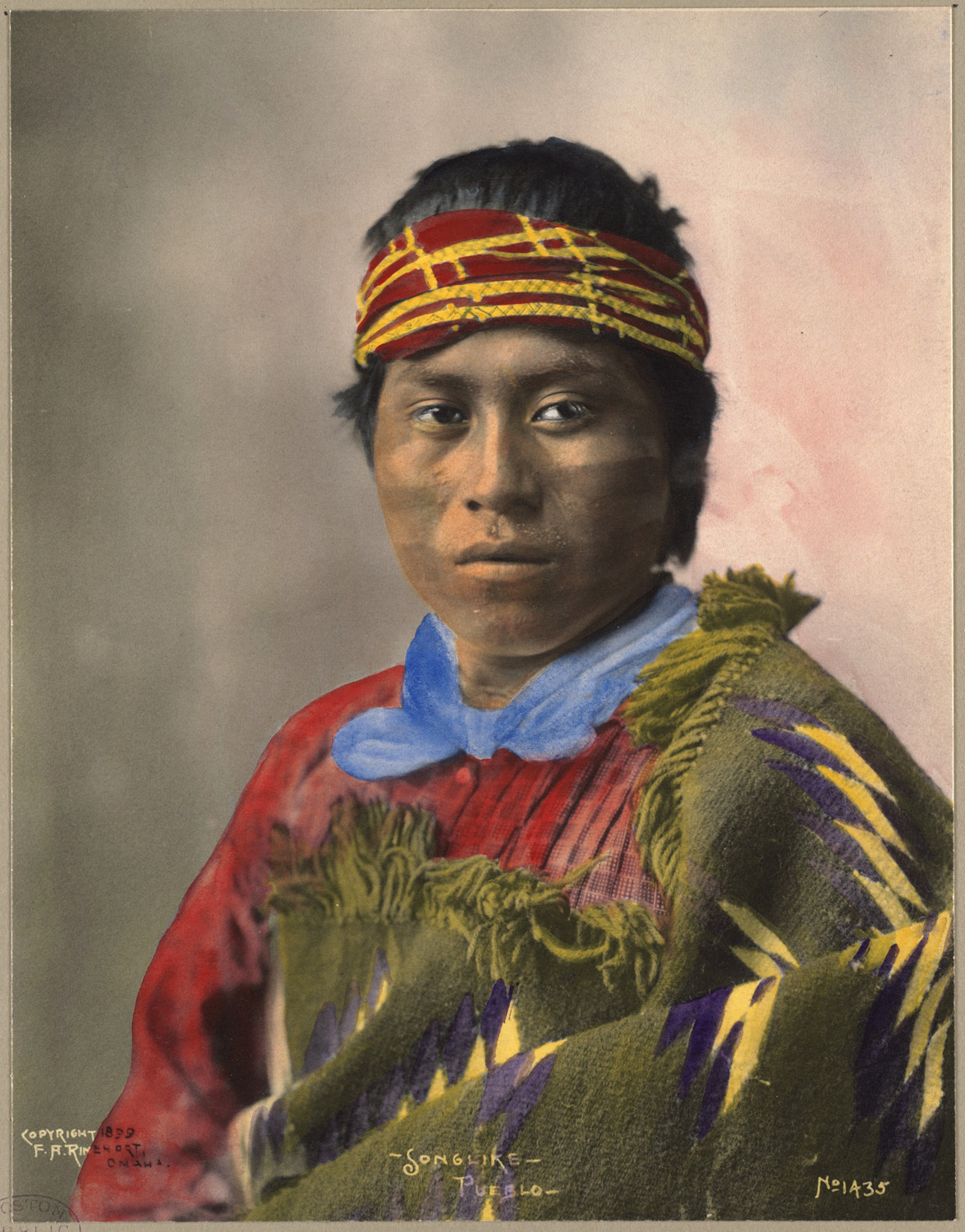
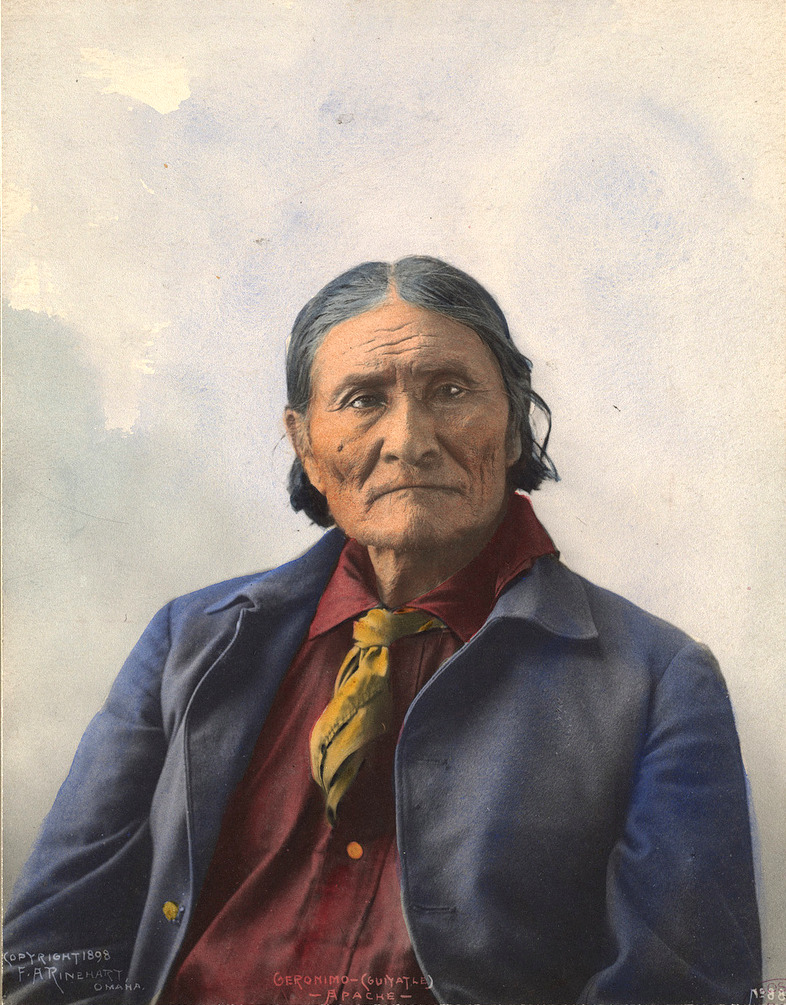
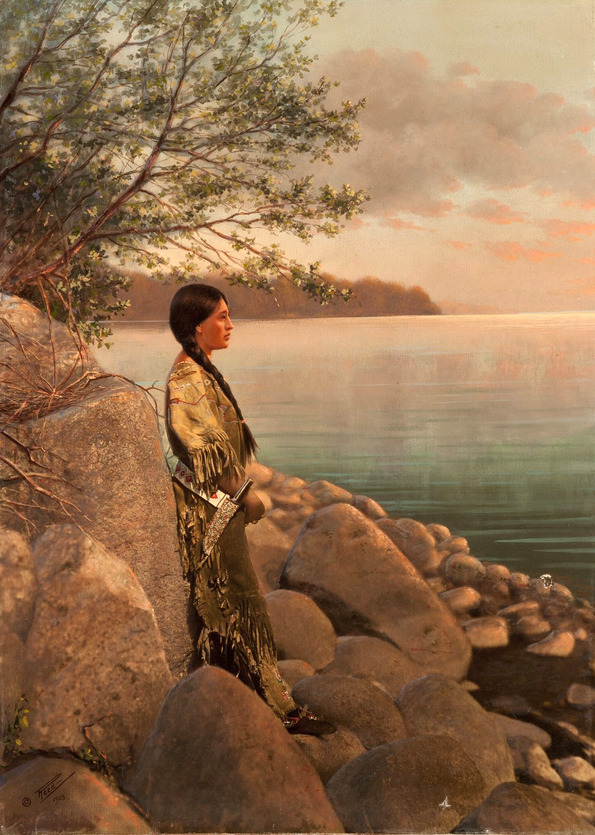
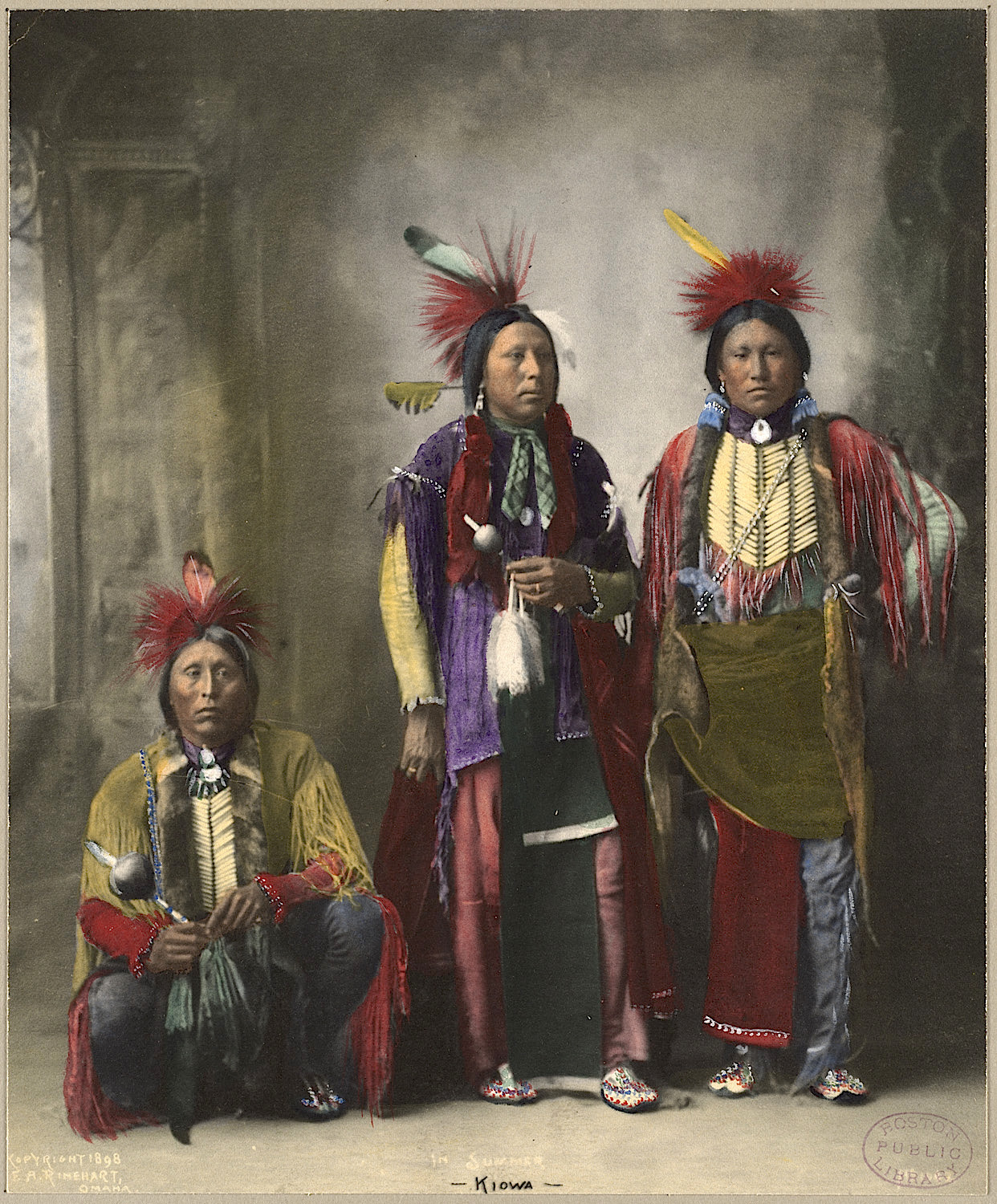
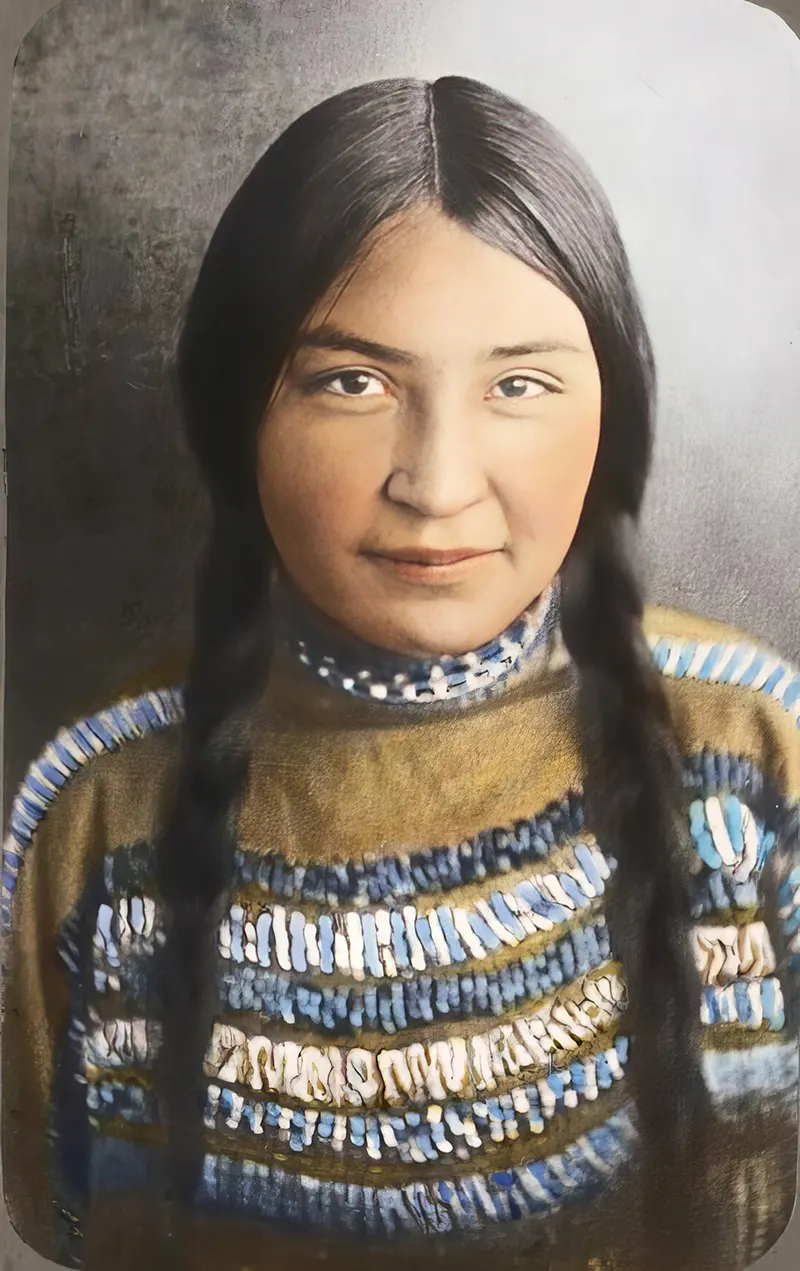
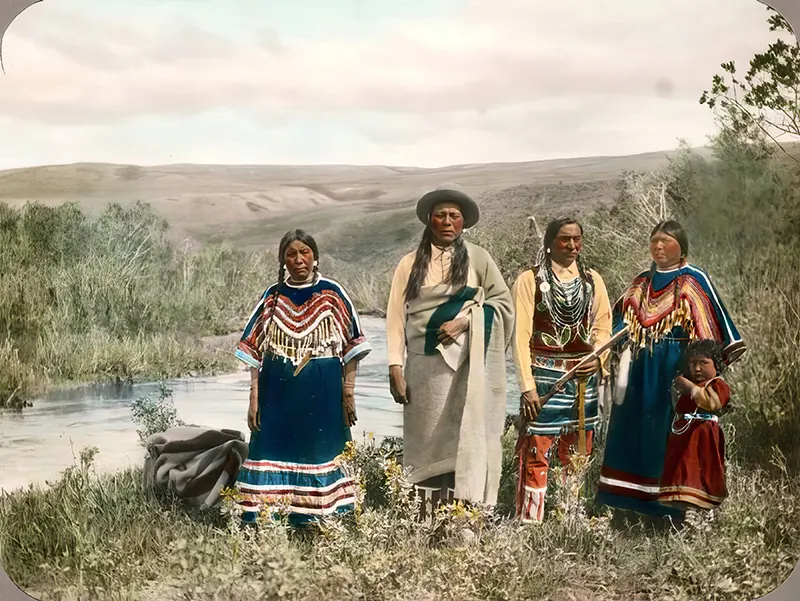
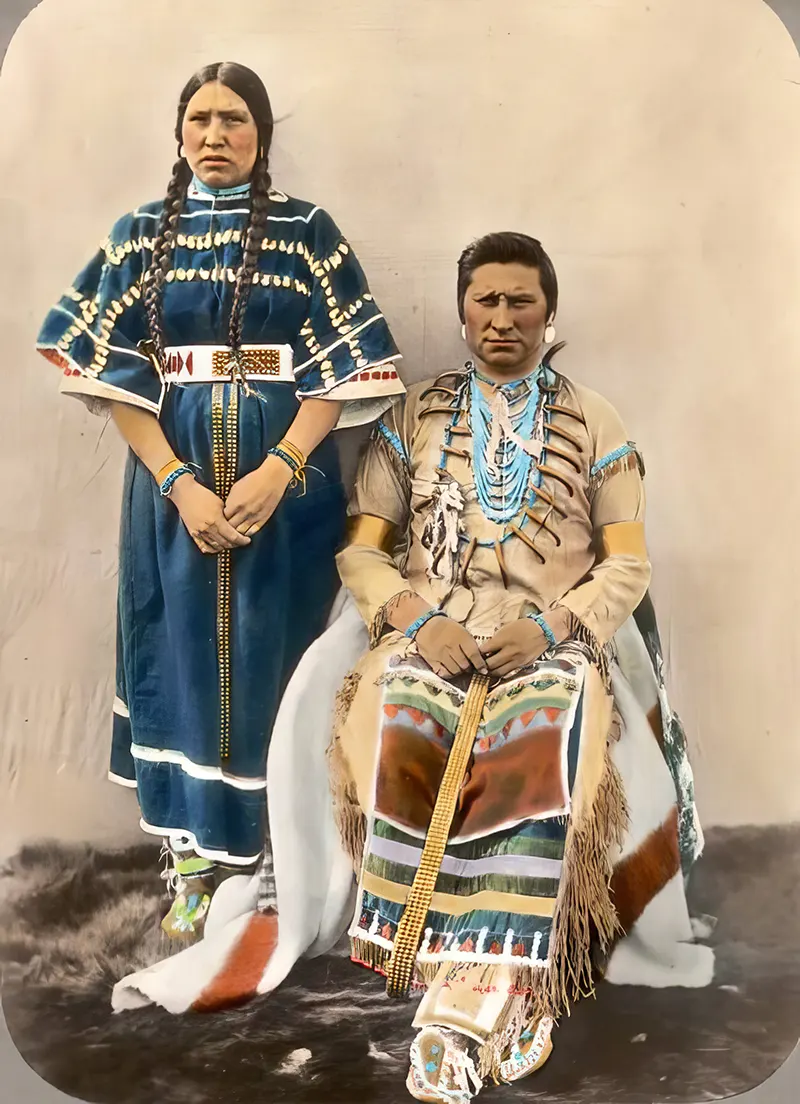
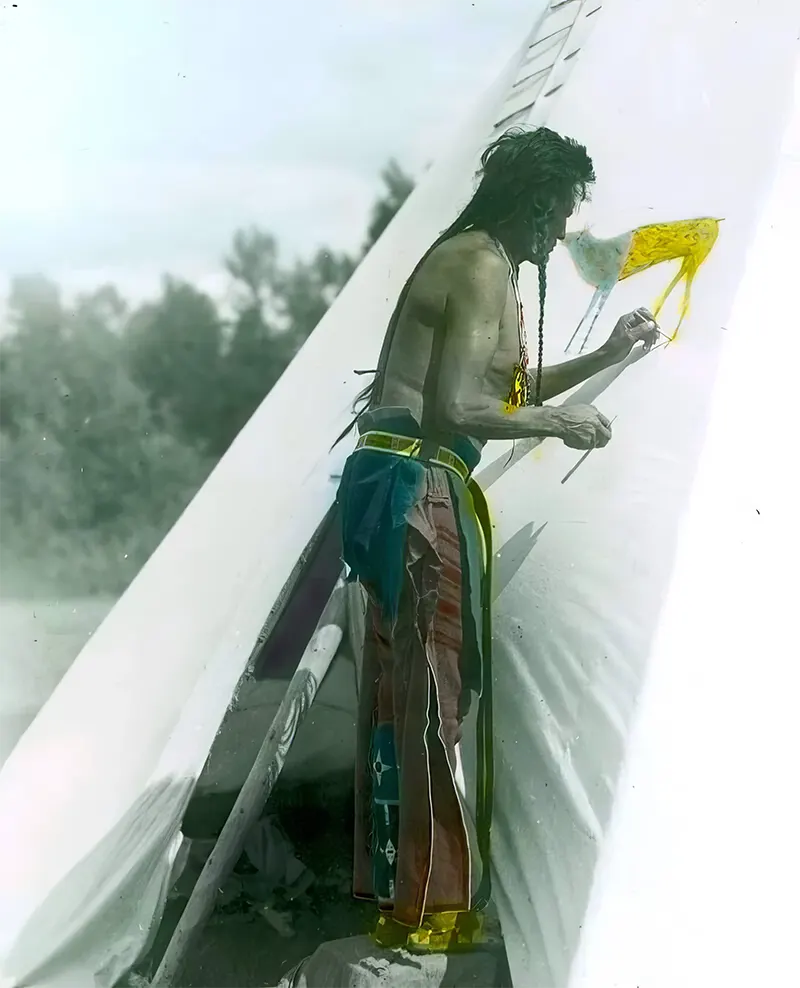
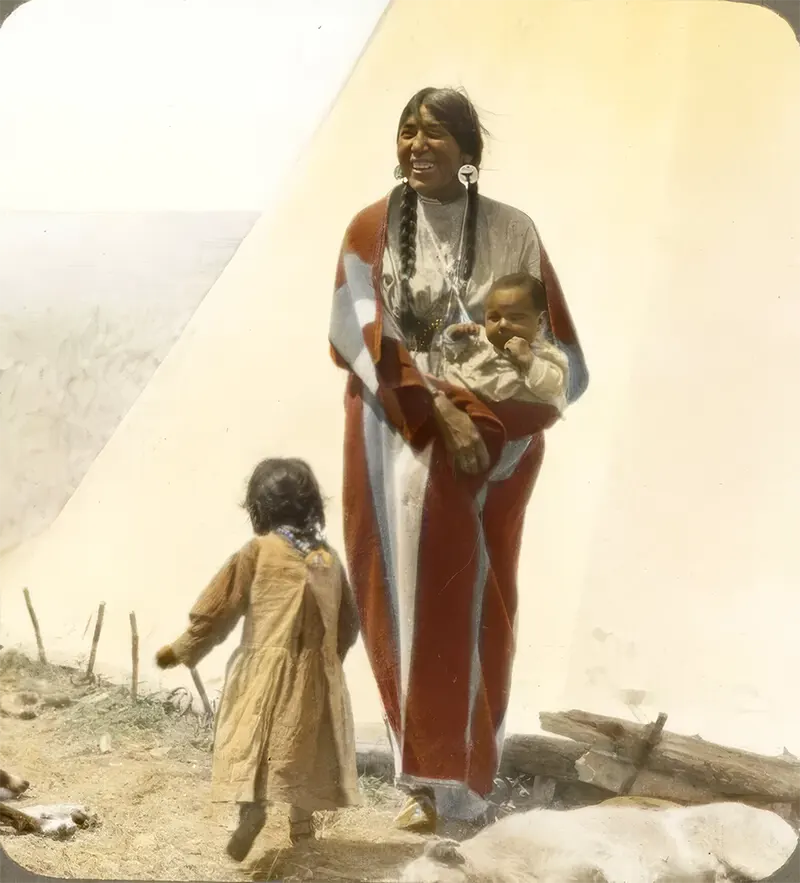
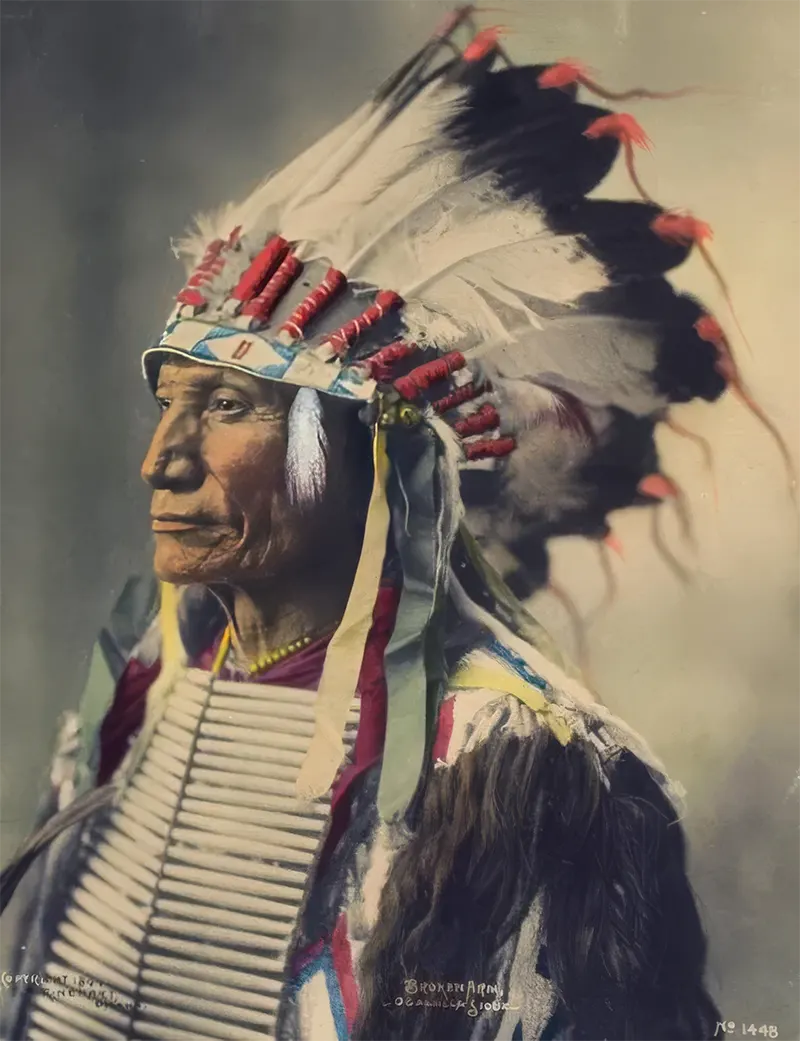
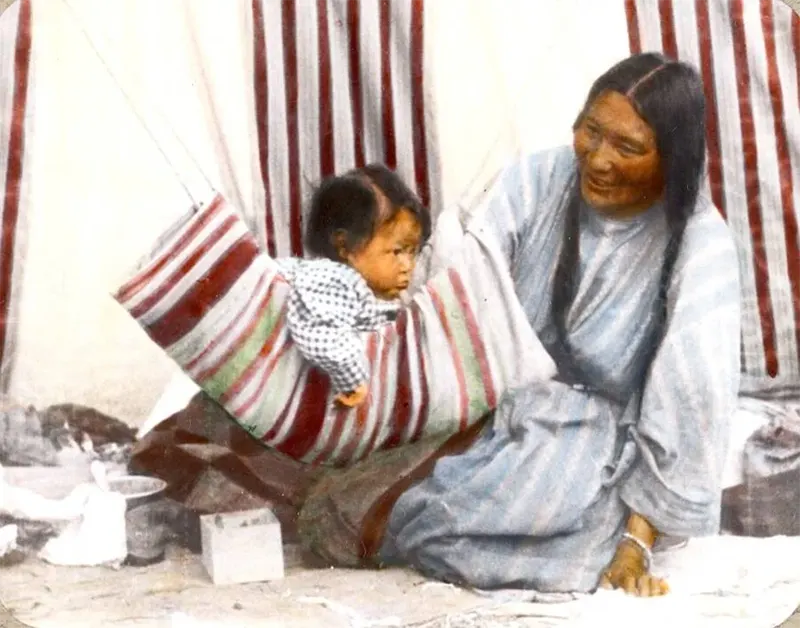
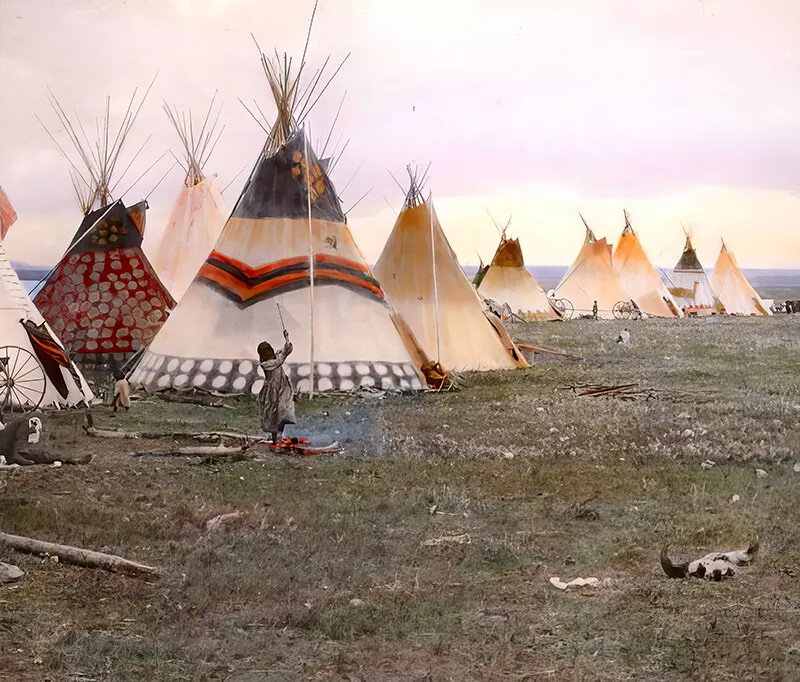
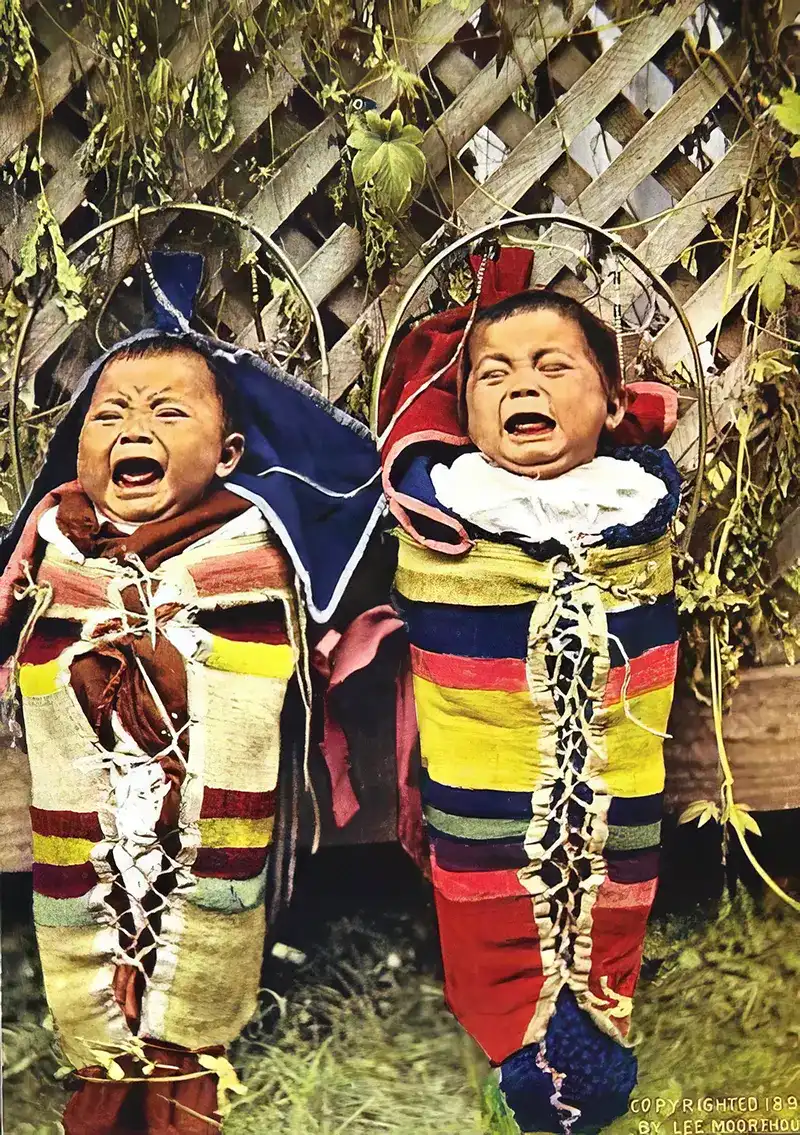
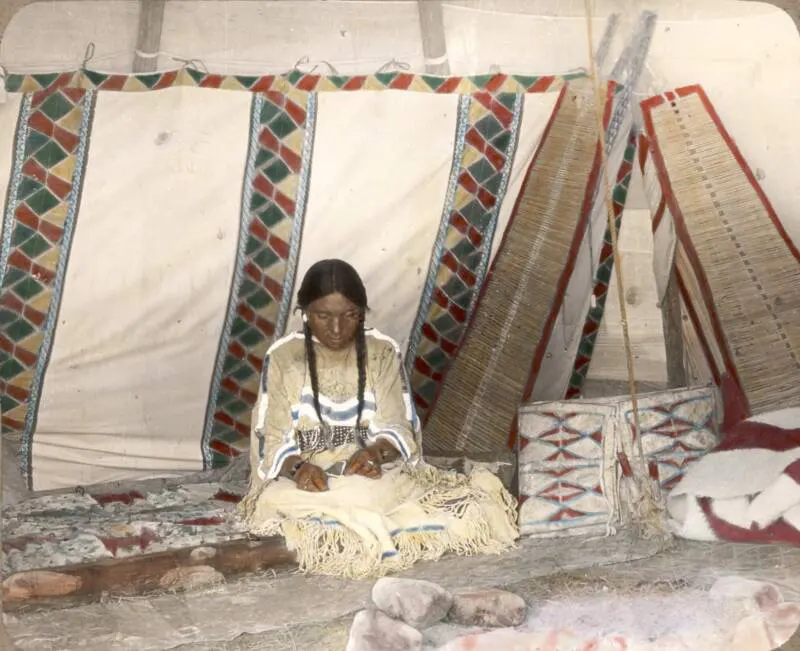

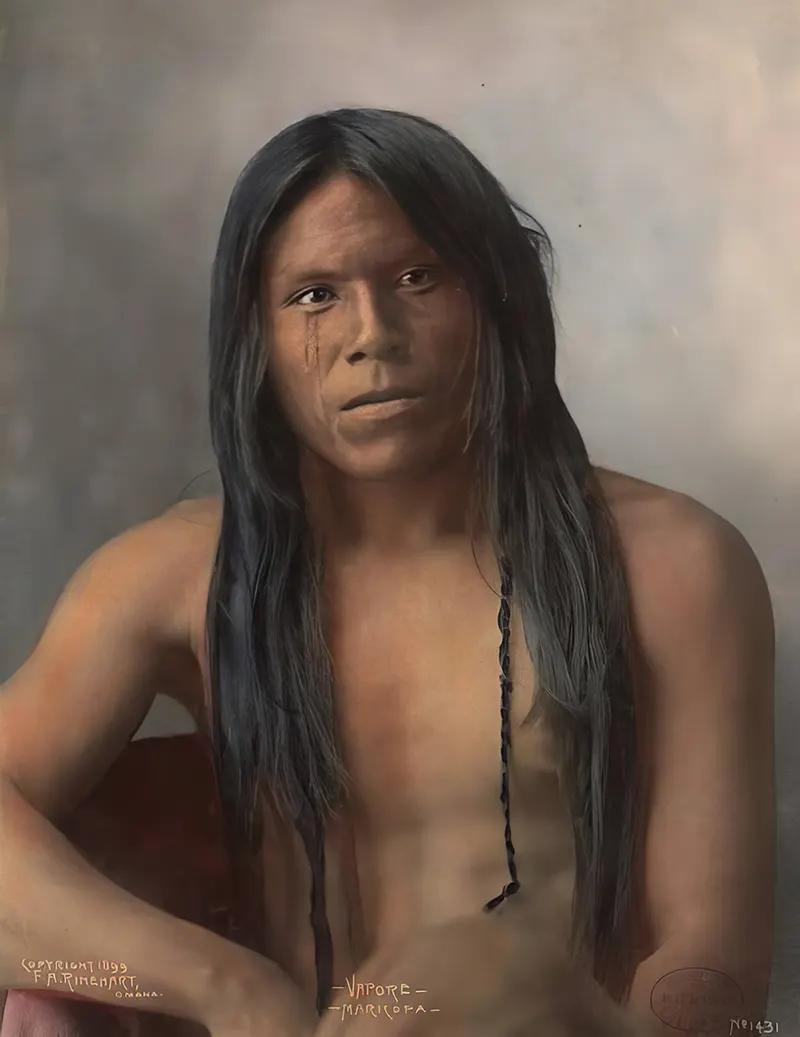
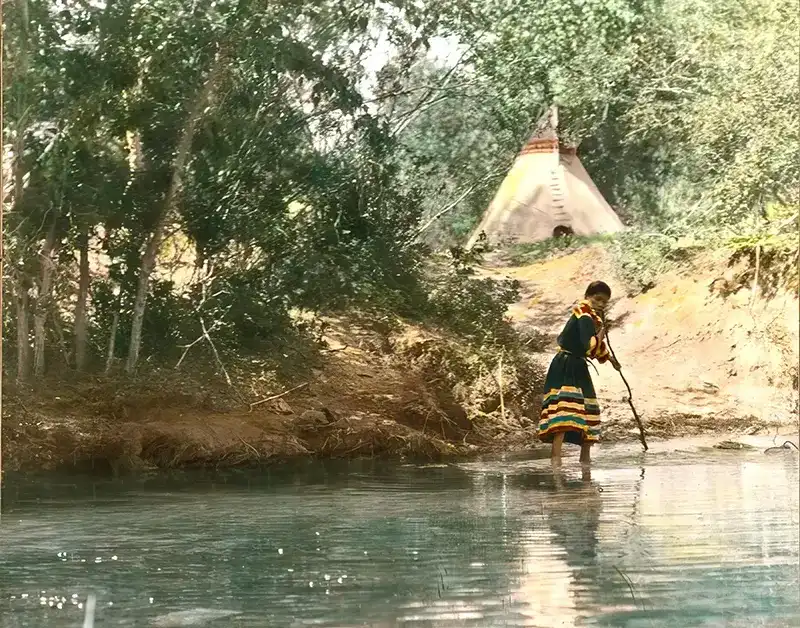
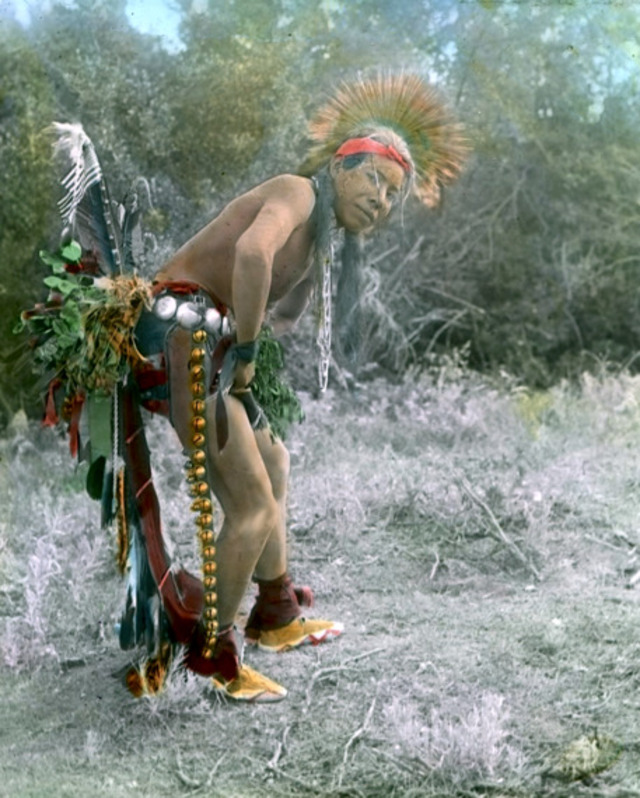
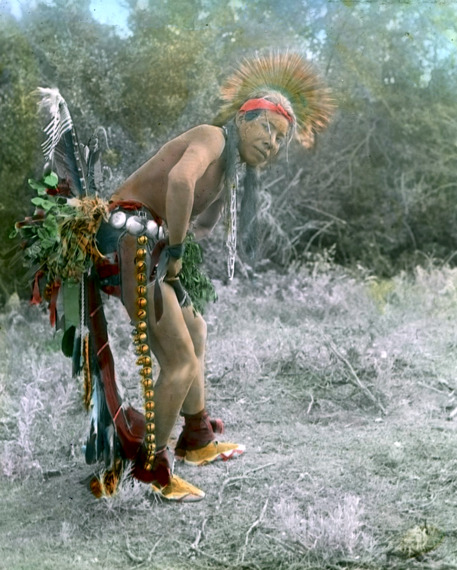
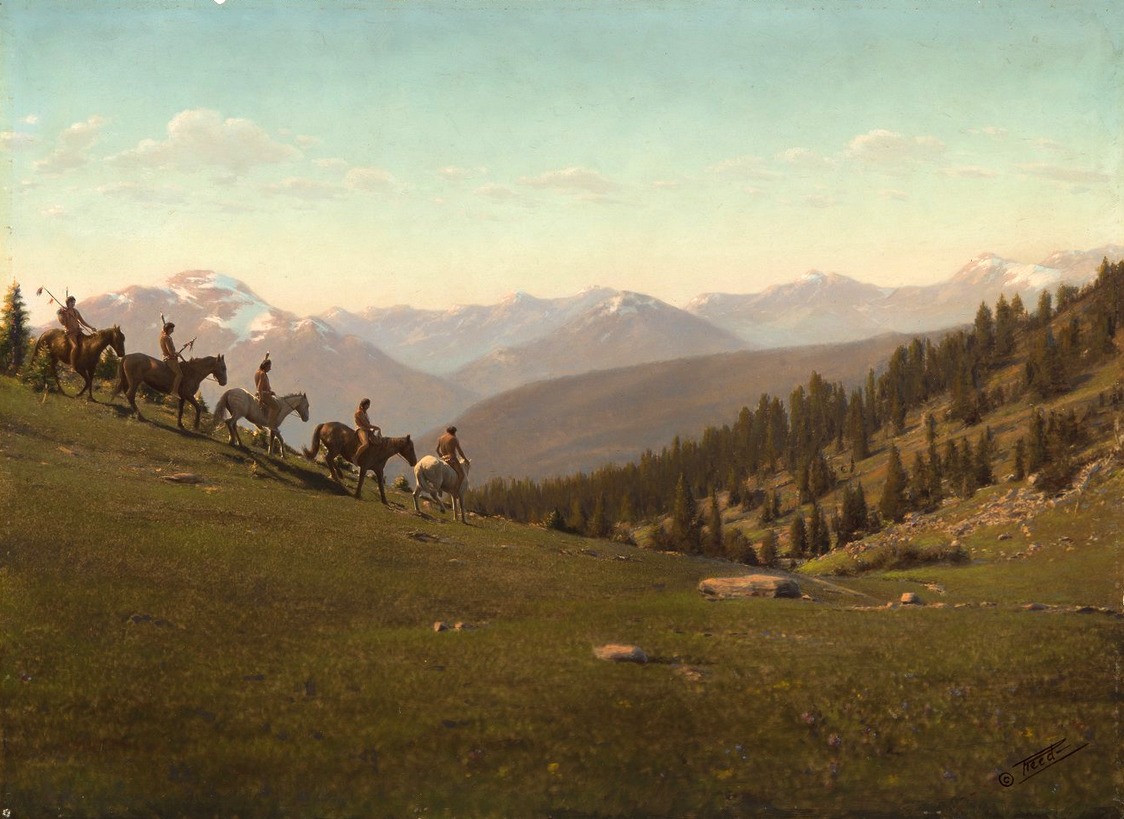
Conclusion: The Ongoing Importance of Native American Heritage
The photographs of Native Americans taken by Curtis, McClintock, and Heyn remind us of the resilience and strength of Native American communities. Despite the challenges they faced in the late 19th and early 20th centuries, their cultures have endured and continue to thrive today. The legacy of these photographers, and the cultures they documented, remains an essential part of American history and should be celebrated and preserved for future generations.
Video
Watch 6 Misconceptions About Native American People on Teen Vogue to learn the truth behind common stereotypes. Don’t miss it!
